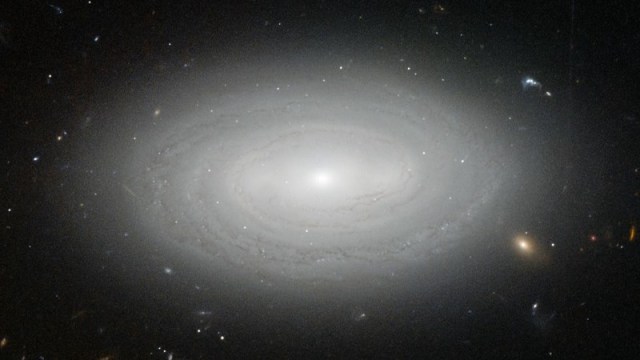The Universe Really Is Fine-Tuned, And Our Existence Is The Proof
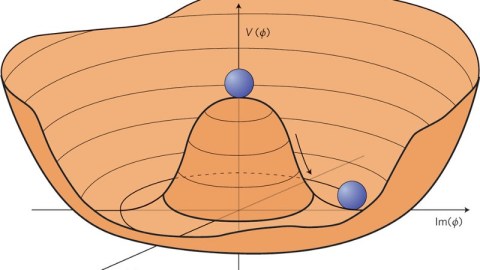
Somehow, the Universe began with just the right mix of cosmic ingredients to make life possible. It sure doesn’t seem likely.
When you take stock of what’s in the Universe on the largest scales, only one force matters: gravitation. While the nuclear and electromagnetic forces that exist between particles are many, many orders of magnitude stronger than the gravitational force, they cannot compete on the largest cosmic scales. The Universe is electrically neutral, with one electron to cancel out the charge of every proton in the Universe, and the nuclear forces are extremely short-range, failing to extend beyond the scale of an atomic nucleus.
When it comes to the Universe as a whole, only gravitation matters. The Universe expands at the rate it does throughout its history — and not at a different one — for two reasons alone: our laws of gravity and all the forms of energy that exist in the Universe. If things were slightly different from how they actually are, we wouldn’t exist. Here’s the science of why.

Imagine that you came upon a thin, tall, rocky spire here on planet Earth. If you were to place another large rock atop this spire, you would expect it would topple over and either fall or roll down one side, coming to rest down in the valley below. It would be unrealistic to expect the rock would remain perfectly balanced in the configuration where a heavy, massive object remained in a precariously balanced state.
When we do encounter this unexpected kind of balance, we call it a system in unstable equilibrium. Sure, it would be far more energetically favorable to find the heavy mass at the bottom of the valley rather than at the top of the spire. But every once in a while, nature surprises us. When we do find the proverbial boulder balanced in unstable equilibrium, we talk about there being a fine-tuning problem.

Fine-tuning is an easy concept to understand in principle. Imagine that I asked to you pick a number between 1 and 1,000,000. You could choose anything you want, so go ahead, do it.
Pick a number between 1 and 1,000,000: any number that you choose.
I’ll go ahead and do the same.
There; I’ve got mine and you’ve got yours.
Now, before I reveal my number to you and you reveal your number to me, let me tell you what we’re going to do. We’re going to take my number, once we reveal it, and we’re going to subtract it from your number. Then, we’re going to compare what we get with what we actually expect, and this is going to teach us about fine-tuning.
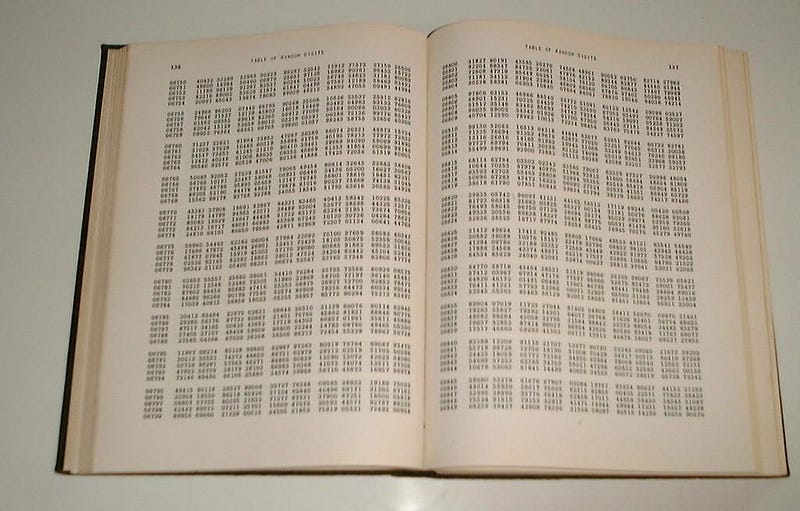
My number was 651,229. When you subtract it from your number, whatever it is, here are some things that we expect.
- There’s a very good chance that the difference will yield a 6-digit number.
- There’s a better-than-average chance that the difference will yield a negative number, but around a 1-in-3 chance we get a positive number.
- There’s only a very, very small chance that the difference will be a 3-digit number or fewer.
- And if our numbers match exactly, it’s very, very likely that there’s a good reason, such as you have psychic powers, you’ve read this article before, or you peeked and knew my number beforehand.
If the difference between these two numbers is very, very small compared to the numbers themselves, that’s an example of fine-tuning. It could be a rare, random, and unlikely coincidence, but your initial suspicion would be that there’s some underlying reason why this occurred.

If we come back to the expanding Universe, that’s the situation we find ourselves in: the Universe appears to be enormously fine-tuned.
On the one hand, we have the expansion rate that the Universe had initially, close to the Big Bang. On the other hand, we have the sum total of all the forms of matter and energy that existed at that early time as well, including:
- radiation,
- neutrinos,
- normal matter,
- dark matter,
- antimatter,
- and dark energy.
Einstein’s General theory of Relativity gives us an intricate relationship between the expansion rate and the sum total of all the different forms of energy in it. If you know what your Universe is made of and how quickly it starts expanding initially, you can predict how it will evolve with time, including what its fate will be.
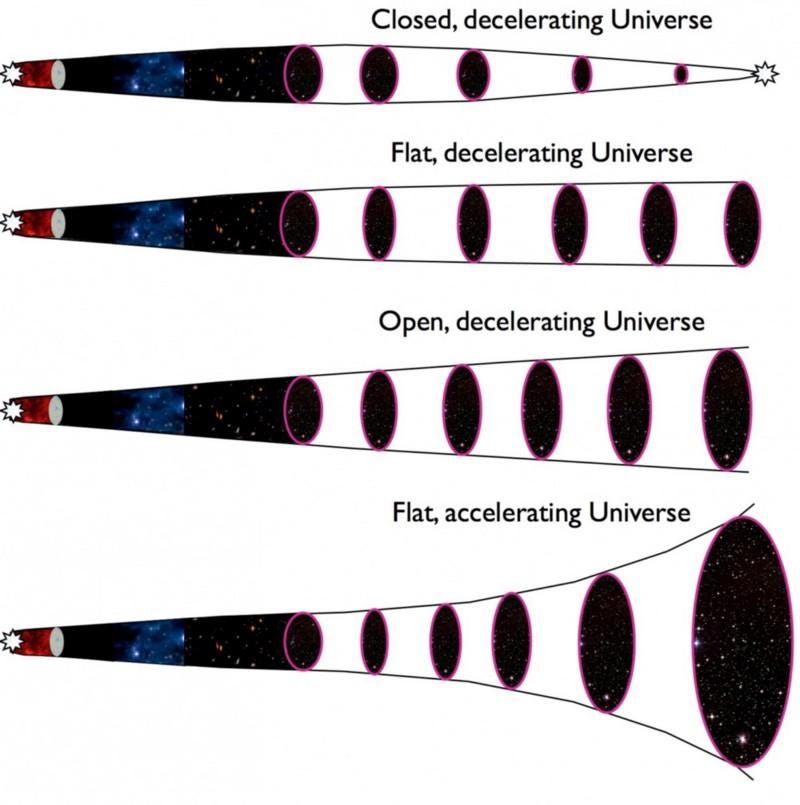
A Universe with too much matter-and-energy for its expansion rate will recollapse in short order; a Universe with too little will expand into oblivion before it’s possible to even form atoms. Yet not only has our Universe neither recollapsed nor failed to yield atoms, but even today, some 13.8 billion years after the Big Bang, those two sides of the equation appear to be perfectly in balance.
If we extrapolate this back to a very early time — say, one nanosecond after the hot Big Bang — we find that not only do these two sides have to balance, but they have to balance to an extraordinary precision. The Universe’s initial expansion rate and the sum total of all the different forms of matter and energy in the Universe not only need to balance, but they need to balance to more than 20 significant digits. It’s like guessing the same 1-to-1,000,000 number as me three times in a row, and then predicting the outcome of 16 consecutive coin-flips immediately afterwards.
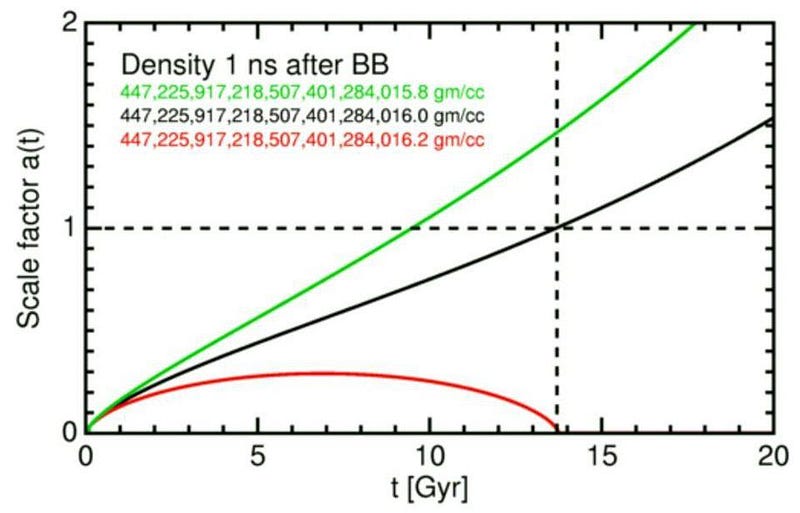
The odds of this occurring naturally, if we consider all the random possibilities we could have imagined, are astronomically small.
It’s possible, of course, that the Universe really was born this way: with a perfect balance between all the stuff in it and the initial expansion rate. It’s possible that we see the Universe the way we see it today because this balance has always existed.
But if that’s the case, we’d hate to simply take that assumption at face value. In science, when faced with a coincidence that we cannot easily explain, the idea that we can blame it on the initial conditions of our physical system is akin to giving up on science. It’s far better, from a scientific point of view, to attempt to come up with a reason for why this coincidence might occur.
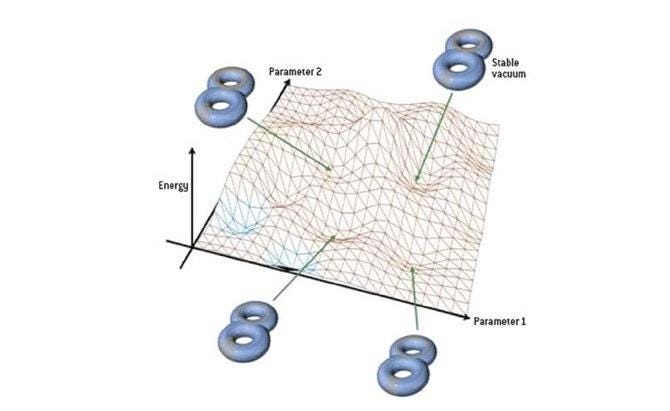
One option — the worst option, if you ask me — is to claim that there are a near-infinite number of possible outcomes, and a near-infinite number of possible Universes that contain those outcomes. Only in those Universes where our existence is possible can we exist, and therefore it’s not surprising that we exist in a Universe that has the properties that we observe.
If you read that and your reaction was, “what kind of circular reasoning is that,” congratulations. You’re someone who won’t be suckered in by arguments based on the anthropic principle. It might be true that the Universe could have been any way at all and that we live in one where things are the way they are (and not some other way), but that doesn’t give us anything scientific to work with. Instead, it’s arguable that resorting to anthropic reasoning means we’ve already given up on a scientific solution to the puzzle.
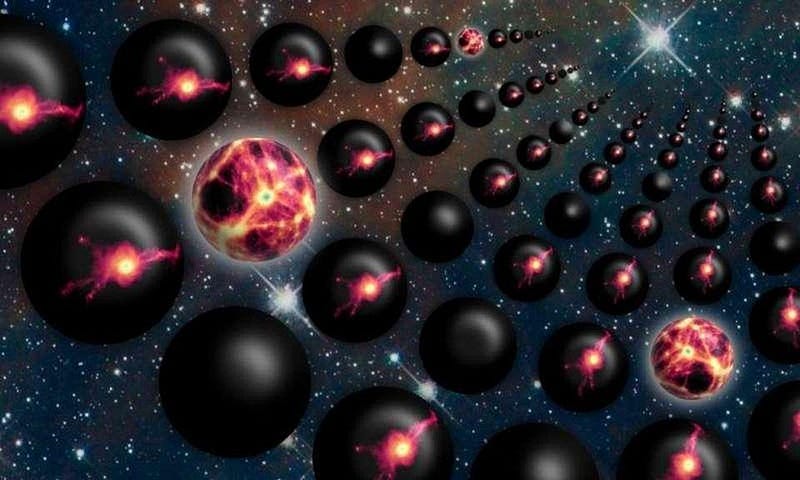
However, a good scientific argument would do the following things.
- It would provide a mechanism for creating these conditions that appear to be finely tuned to us.
- That mechanism would also make additional predictions that differ from, and are testable against, the predictions that arise from not having that mechanism present.
That second condition is what separates a non-scientific argument from a scientific one. If all you can do is appeal to the initial conditions of a problem, you’ll have no way of testing whether your scenario any further. Other Universes might exist, but if we cannot observe them and determine whether they have the same initial conditions that our Universe has or not, there’s no scientific merit there.
On the other hand, if some pre-existing phase of the Universe created these initial conditions while also making additional predictions, we’d have something of enormous scientific importance.
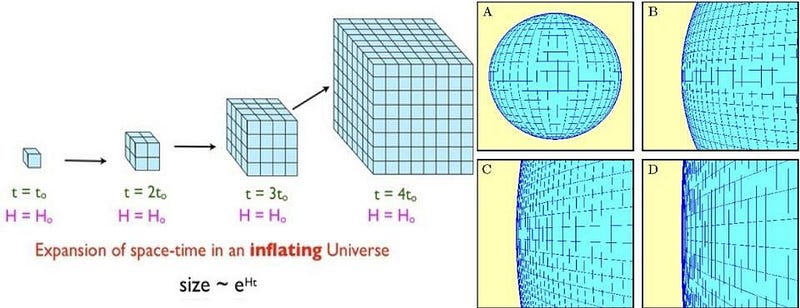
In the case of finding a boulder precariously balanced atop a spire, the geological erosion of layered stone — where the different layers of sedimentary rock have different densities and susceptibilities to the elements — could be responsible. Measuring the various properties of the various layers of stone, and experimenting on how they erode when subject to simulated environmental conditions, is the critical next-level test.
In the case of the energy balance of the Universe, where the expansion rate appears to match up with the total energy density perfectly, an idea like cosmic inflation is the perfect theoretical candidate. Inflation would stretch the Universe flat, yielding an energy density that matched the expansion rate, and then when inflation ended, the Big Bang’s initial conditions would be set up. In addition, inflation also makes additional predictions that could be experimentally or observationally measured, putting the scenario to the rigorous scientific test we require.
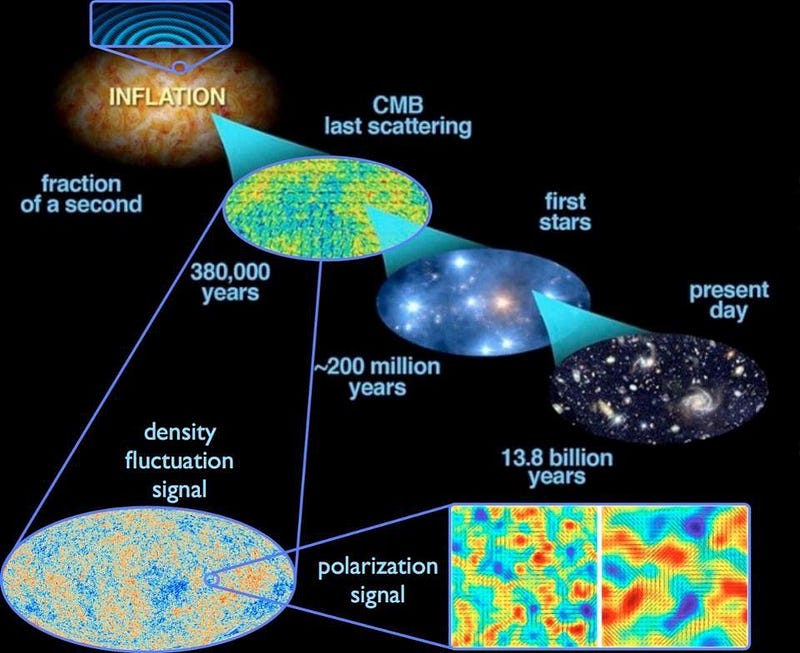
Whenever we run into an unexplained phenomenon, where two seemingly unrelated physical quantities match up either perfectly or almost perfectly, it’s our duty to seek out an explanation. Perhaps the outcome truly is a coincidence, but that should only be a conclusion we reach if we cannot find any other scientific explanation. The key is to tease out novel and unique predictions that can be put to the experimental or observational test; without it, our attempts at theorizing will remain divorced from reality.
The fact that our Universe has such a perfect balance between the expansion rate and the energy density — today, yesterday, and billions of years ago — is a clue that our Universe really is finely tuned. With robust predictions about the spectrum, entropy, temperature, and other properties concerning the density fluctuations that arise in inflationary scenarios, and the verification found in the Cosmic Microwave Background and the Universe’s large-scale structure, we even have a viable solution. Further tests will determine whether our best conclusion at present truly provides the ultimate answer, but we cannot just wave the problem away. The Universe really is finely tuned, and our existence is all the proof we need.
Ethan Siegel is the author of Beyond the Galaxy and Treknology. You can pre-order his third book, currently in development: the Encyclopaedia Cosmologica.





